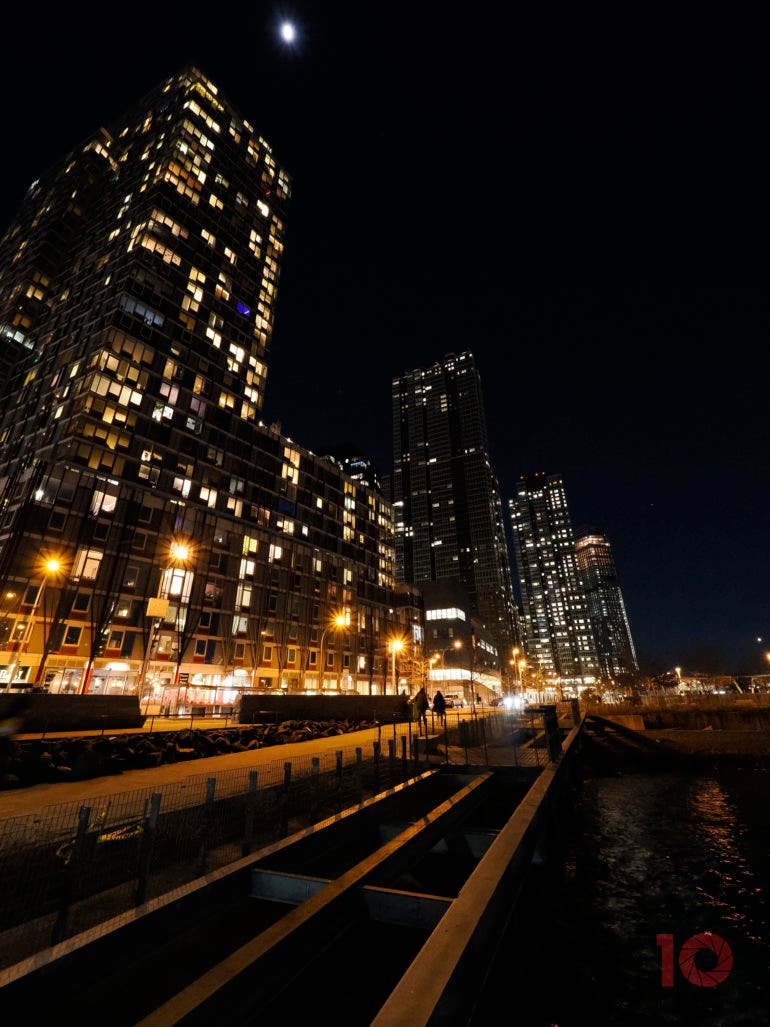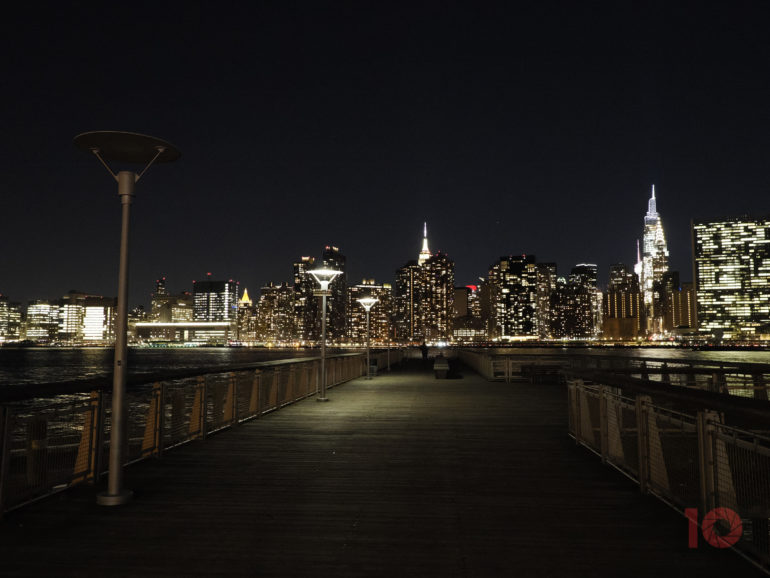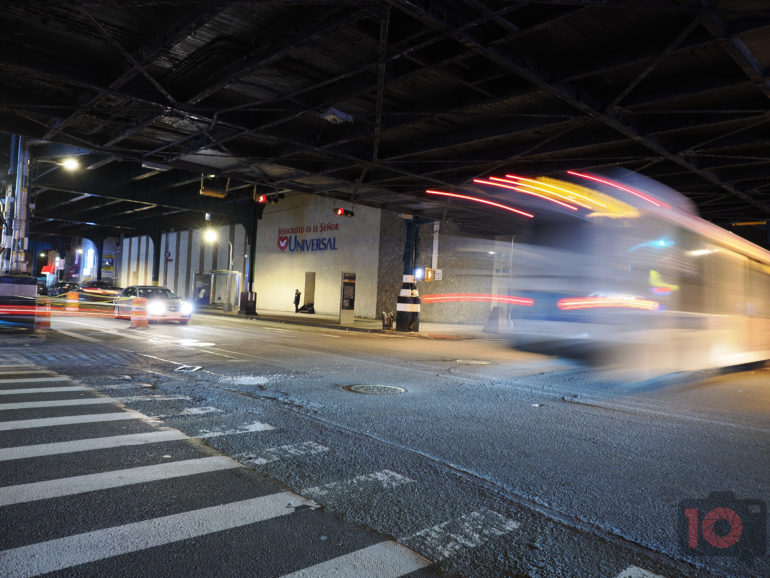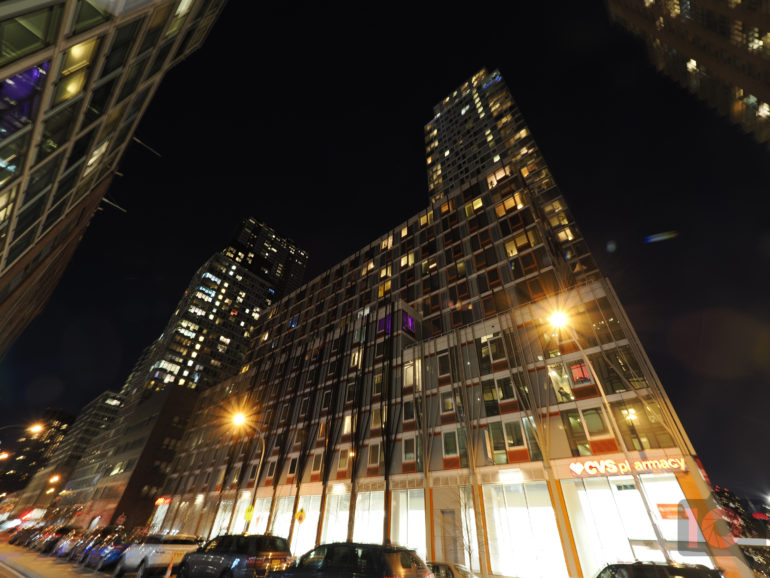Have you ever been that photographer who was too lazy to bring a tripod with you? Well, you’re not alone. Plenty photographers don’t always want to bring tripods with them. What helps is having great image stabilization in both the lenses and the camera. However, technology can only do so much. So here are some essential tips on how to take long exposures handheld.
This piece is presented in partnership with OM SYSTEM. We’ve independently and ethically reviewed all the products in this post already without sponsorship. And we worked with them to recommend a few key gems to you.
Control Your Breathing and Follow the Rules
First off, let’s start with controlling your breathing. Did you know that you shouldn’t fire your camera when you’re in-between breaths? That’s one of the best ways to get camera shake. And even though technology like that within OM SYSTEM cameras can negate it, it’s still best to not just rely on the technology. Prevent the problem in the first place!
I shoot long exposures handheld at the top of my breath. So I autofocus, inhale, and as soon as I get to the top I shoot while holding my breath. When I’m done, I release my breath. This method doesn’t work for everyone; some folks feel more at ease when they’ve completely exhaled. Only then can they shoot long exposures handheld and not get camera shake even with image stabilization.
Beyond this, what some folks won’t talk about is your heart. If you’ve ever done yoga or other exercises, they talk about not holding your breath, especially if you’ve got heart problems. Of course, feeling your own heart beating can affect how you hold a camera and your nerves.
To help with all of this, OM SYSTEM cameras have image stabilization that goes in up to five different directions. Combined with some of their lenses, you’ll get better results if there’s IS built into them. Wider focal lengths can be held at a minimum of the reciprocal of the effective focal length. That means that the M.Zuiko 8mm f1.8 Fisheye PRO lens can be held at 1/16th or faster. Then you have to compensate for how much extra image stabilization the camera will give you. With the right preparation, you can probably hold the camera for several seconds. We’ve done 15 seconds handheld before. On the telephoto end, the 100-400mm will need to be shot at 1/800th at a minimum. Then after that, you can see what the image stabilization can do for you.
Holding the Camera Right
OM SYSTEM cameras are very lightweight, and they also boast some of the best ergonomics of any camera system we’ve used. This is a major advantage when shooting long exposures handheld. We already discussed controlling your breath, so let’s talk about holding the camera. Here are some very important tips:
- If you’re using the LCD screen to shoot, then keep the camera pressed against you at all times. Bring it into your chest and tuck your elbows into your sides. Bring your shoulders back a bit. Ideally, shoot your photo from around the diaphragm or hip area. When I do this, I tend to use my thumb on the shutter button.
- If you’re using the viewfinder, tuck your elbows into your sides or chest. Straighten your back, but don’t tense it up. Relax. Shoot the photo and wait for the shutter to recock itself.
- If you’re shooting a vertical photo, don’t bring your elbow into the air. Instead, cradle the lens with your left hand and flip the camera so the grip is facing downward. Tuck your elbows in and shoot.
- Make sure the image stabilization methods are activated with your OM SYSTEM camera. You can do this from the Quick Menu pretty easily.
With these tips, you can shoot long exposures handheld pretty easily. Or at least you’ll be able to shoot for a longer shutter speeds than you have before. And because OM SYSTEM cameras are so lightweight and small, your body won’t be struggling. As lightweight as cameras are these days, every little bit counts, especially in weather cold enough to make you shiver if you don’t keep moving.
Stay Very, Very Still
Lots of folks don’t do this because they’re so excited to look at the LCD screen after they’ve shot their photos. But shooting long exposures handheld requires a lot of nerve. Stay absolutely still. This has to do with a few different things. So let’s put it all together.:
- Stand correctly: place your feet about as wide as your hips if that feels comfortable.
- Seriously control your breathing: If you’re going to fully exhale or fully inhale, then commit to it. For most folks, it will only be for around five seconds or so. Also make sure you’re not breathing heavily beforehand.
- Hold the camera correctly: Bring it closer to your body. Brace it against your face if you’re using the viewfinder by pushing the camera into your face and your face gently into the camera. If you’re using the LCD screen, then gently push the camera into your body while you gently push your body back into the camera.
- Image stabilization: Make sure you’re set to the right image stabilization method.
- Calculate the exposure: Consider the focal length you’re shooting with. Wider lenses and focal lengths will let you shoot at lower shutter speeds to get long exposures handheld.
- Understand that this takes time: You’re probably not going to get it right on the first try, but you’ll get it after some trial and error. Pay attention to your body. If anything, try bracing yourself on something like a tree, a wall or a pole.
And remember that shooting long exposures handheld is best done with OM SYSTEM cameras because of the combination of lightweight camera bodies, lenses, and having the right tech inside. It’s much easier to do this with a lighter camera than a big, chunky full-frame camera.






Leave a Reply